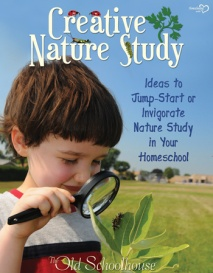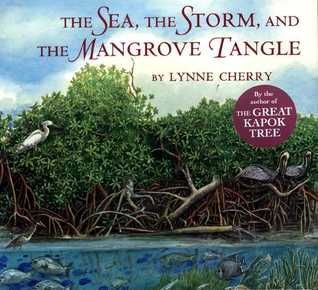 Why do I write a birth plan? I suppose that on the surface of things, I'd be a person who has little need of one. Thanks be to God, my pregnancies and births to this point have been uncomplicated. I have had nothing but good experiences with the nurses and doctors at our local hospital. Everyone seems very concerned to make sure my wishes are followed.
Why do I write a birth plan? I suppose that on the surface of things, I'd be a person who has little need of one. Thanks be to God, my pregnancies and births to this point have been uncomplicated. I have had nothing but good experiences with the nurses and doctors at our local hospital. Everyone seems very concerned to make sure my wishes are followed.When I began my journey to being a mother for the first time, I was obsessed with learning everything I could about pregnancy and birth. I read all the books, I researched endlessly on-line. I watched YouTube birth videos (I could never imagine videoing one of my own births, but I was very happy to watch other, braver people for the sake of self-education.). My husband gently mocked my "Hippie Mama" tendencies. I emerged with many questions for my doctor, many concerns (such as the 30% Caesarian rate here), and a decision to write a birth plan so that I could be in control of things and have a natural birth, Lord willing.
As it happened, my first baby was five weeks early. I didn't have much ready for him, much less a birth plan. Looking back, I'm thankful for that. I think it would only have reflected my ignorance at that point. When it comes down to it, you can read and research and learn all about everything related to childbirth, but nothing can prepare you for its reality, its pain, its power, its wonder. I did have a few uncomfortable experiences that informed later birth plans, but no one questioned my choice to have a natural birth, and on the whole it was a positive experience.
Since then, I have written birth plans for each of my children's births. I bring them in to my OB/Gyn about a month before I'm due so we can discuss any issues. I also take a copy in to the hospital when I go into labour. As my birth experiences have all been positive so far, my confidence has risen and my birth plans have become relatively short. However, I still would prefer not to go without one, and I would recommend having one to any mother-to-be for several reasons:
My birth plan introduces me to the staff on call at the hospital.
Here on P.E.I., I am privileged to see the same doctor throughout my pregnancies. This doctor gets to know me and my preferences quite well. However, the staff at the hospital is on rotation, so I may or may not see my own doctor. The nurses are usually wonderful, but again, do not know me. My birth plan is a quick and easy way for them to begin to get an idea of what I'm like as a person, a patient, and a mother without having to ask a lot of questions.
My birth plan is the beginning of a relationship of mutual respect.
I'm always quite careful about the tone of my birth plan. It's very easy for it to be all negative: I don't want this done, I don't want that done, I don't want the other thing done. However, I want the nurses and doctor to understand immediately that I am grateful for their expertise, and I will listen to them and respect their opinions when I make my decisions. On the other hand, I expect them to respect my experience as a mother, and follow my wishes for my birth as far as they can.
My birth plan is based on my experience.
After my first baby, my birth plans have always reflected what I know about myself in labour. I know that I don't feel like talking much when I'm in labour. (That's why a birth plan is such a good idea for me!) I know that in the heat of the moment, I'm going to be so out of it (or inside myself) that I'm not going to care what my birth preferences were before I went into labour. But if I have a birth plan, the nurses care, and they continue to follow my wishes even then. This fact amazed me the first time I noticed it, but it confirmed my decision to continue writing birth plans.
My birth plan lets the staff know that I know my rights.
I know that the doctors and nurses here are committed to informed consent. However, I have also seen enough stories online where in the urgency of the moment, informed consent was not obtained. I don't expect that to happen here thanks to my good experiences so far, but in my birth plan, I do spell out what I want to know when any intervention is suggested or needed. I see it as a gentle reminder that I expect my right to informed consent to be respected.
You're probably curious as to what my actual birth plan looks like now, so I'll include it here. The questions for informed consent came from this website.
--------------------
Birth Plan for N. P.
Due January 26, 2015
Ob/Gyn: Dr. F.
I've written this birth plan so you can help me achieve my goal of a natural birth. This will be my fourth child, and all of my birth experiences have been good ones. I have always appreciated the way the nurses and doctors here have supported me in my choice to have natural births without drugs or other interventions, and the way they have coached me through the few moments when I truly needed it.
Preferences for Labour, Delivery, and Afterwards:
- Please keep internal exams to a minimum (ideally no more than once when I come in, and once when I feel the urge to push.).
- Please keep monitoring that involves me lying down to a minimum as well. I find it easier to cope with the pain when I'm able to move.
- I appreciate being left alone with my husband as much as possible as I labour.
- I am not planning on using anything for pain relief. I have managed through my first three births, so I’m not anticipating that will change now. If I'm losing control in transition or in the pushing stage, I do appreciate nurses taking charge and telling me (firmly, if necessary) what to do and how to breathe. This has helped immensely in the past.
- I have been a fairly efficient pusher with my first three babies. (20 minutes with the first baby, 5 with the second, less than that with the third.) You might want to be ready for that once transition hits. (And if it comes up, I’d rather have the nurse catch the baby than try to hold back on pushing.)
- I will be exclusively breastfeeding this baby (as I have all three so far). I would appreciate time for my husband and me to bond with the baby and for me to try to establish breastfeeding immediately after the birth.
Interventions:
I do realize that things do not always go as planned. Whenever possible, I would like the opportunity to discuss any interventions with the doctor. I realize you probably have protocols for informed consent, but I’d still like to spell out what I will want to know:
- Is this an emergency, or do we have time to talk?
- What are the benefits of doing this?
- What are the risks?
- If we do this, what other procedures or treatments might I end up needing as a result?
- What else can you suggest we try first or instead?
- What would happen if we waited an hour or two before doing it?
- What would happen if we didn't do it at all?
-------------------------------
How about you? Have you used birth plans? I'd be very interested in comparing experiences!







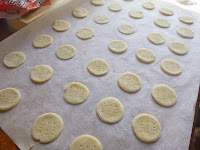



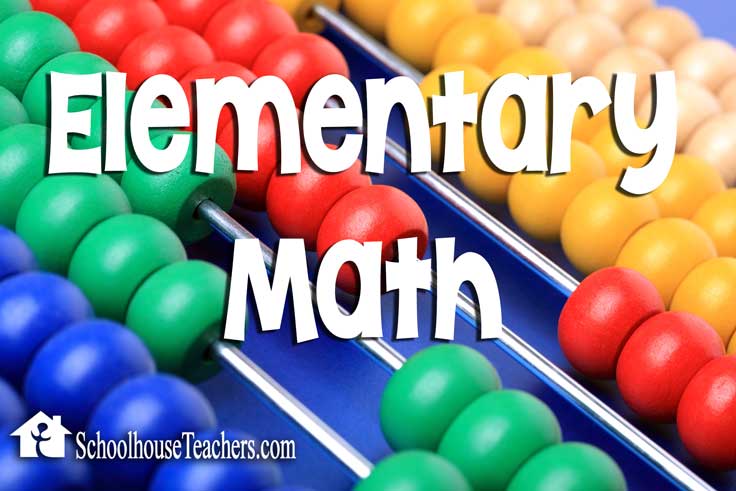





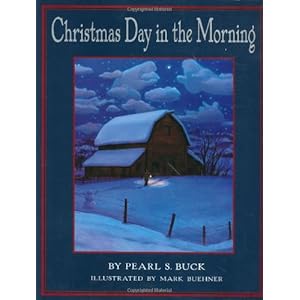

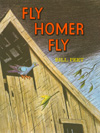





.JPG)

